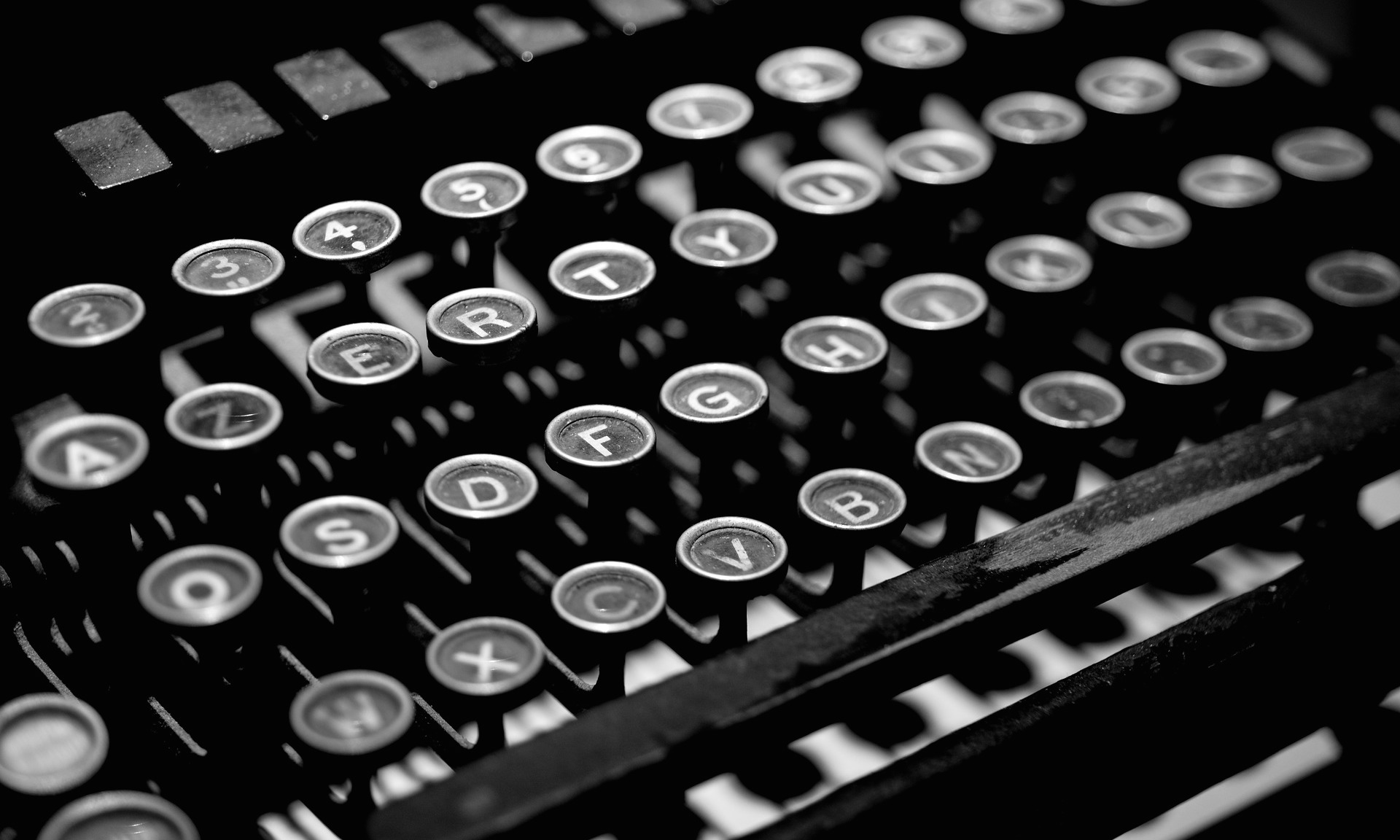WorldCon is coming to my hometown, giving me the opportunity to attend for the first time. I’m super excited to check out the event
As a result of this development, I get to have the added benefit of being able to vote for the 2018 Hugo Awards (of course, I could have done this by just purchasing a supporting membership (or even just reading the list without voting), but now I have added incentive because nothing inspires me more than a deadline (and lists (and yes I’m nesting parenthesis within parenthesis (because I can)))).  This is sparking a flurry of reading, as I’m trying to read as many of the books and stories and journals nominated, so that I can be a fully informed voter.
A few of the nominated works I’ve already read (one of my favorite books from last year was N.K. Jemisin’s The Stone Sky), and I haven’t decided if I’m going to write about them further.
At any rate and without further adieu, here’s my first batch of Hugo reads:
Nominated Short Stories
“Carnival Nine,” by Caroline M. Yoachim (Beneath Ceaseless Skies, May 2017) — Zee is a clockwork girl who has been granted more turns of her spring than most, and as a result has more energy to consider the possibility of adventure. Her extra energy leaves her to abandon Closet City for the oddities of the carnival train, where she grows to understand love and the burdens of caring for family. The construct of a story in which characters are granted a limited number of turns per day provides a beautiful metaphorical basis to explore how the energetic enthusiasm of youth can be ground down by the burdens of adulthood. Such a moving tale.
“Clearly Lettered in a Mostly Steady Hand,” by Fran Wilde (Uncanny, September 2017)  — A strange guide (the narrator) leads a visitor through a museum of curiosities, strange objects abundant in their many cases. The experience changing the visitor in odd and fundamental ways as they journey through. Written in second person, the narrative draws the reader directly into the unsettling experience of exploring the museum. It’s richly detailed with darkly surreal undertones. I’ve read it several times and have noticed new details every time.
“Fandom for Robots,” by Vina Jie-Min Prasad (Uncanny, September/October 2017) — When an archaic robot existing as an exhibit in a museum learns of the anime Hyperdimension Warp Record, it begins to take a dive into fandom, eventually creating its own fanfic and forming a creative partnership. This is a delightful fun story of creativity and fandom.
“The Martian Obelisk,” by Linda Nagata (Tor.com, July 19, 2017) — In the face of an Earth growing steadily worse and in hopes of leaving something lasting in the universe, Susannah is constructing a giant obelisk on the planet of Mars using the left over refuse from a failed planetary mission. But while in the midst of her work, she discovers a secret on Mars that could change everything. This story questions the value of creativity in the world (does building an obelisk matter, if no one will ever witness it?), while providing a beautiful exploration of loss, grief, and a fraction of hope.
“Sun, Moon, Dust” by Ursula Vernon (Uncanny, May/June 2017) — Allpa inherits a magic sword from his grandmother, a sword with three warrior spirits ready to train him from adventure on conquest. But Allpa only wishes to cultivate his farm and grow his crops for the community. I adore this story and the way it twists fantasy adventure tales on their head, presenting a hero who believes serving the community with good food is enough of heroism for him. It’s clever and humorous and delightful.
“Welcome to your Authentic Indian Experience™,†by Rebecca Roanhorse (Apex, August 2017) — Trueblood works in a a tourist trap that sells simulated experiences, such as vision quests and the like, to white tourists. These experiences require a bending of historical accuracy toward the stereotypical Indian in order to be salable and Trueblood (a name he selected to be more “authentic”) is good at his job. But he begins to find his own life bend around him when he befriends one of his tourist clients. Written in second person, this story draws the reader in deep, using the idea of digital simulations to question what is “real” or “authentic” about the world that is presented to us.
My entirely subjective ranking (based as much on what emotionally moves me as it is on technical craft):
1. “The Martian Obelisk,” by Linda Nagata
2. “Carnival Nine,” by Caroline M. Yoachim
3. “Sun, Moon, Dust” by Ursula Vernon
4. “Welcome to your Authentic Indian Experience™,†by Rebecca Roanhorse
5. “Fandom for Robots,” by Vina Jie-Min Prasad
6. “Clearly Lettered in a Mostly Steady Hand,” by Fran Wilde
What are your favorite stories on the list? Or alternatively, what’s a story from 2017 that you feel should have made the list but didn’t?

Have you seen/read The Museum at Purgatory by Nick Bantock? Your description of Clearly Lettered in a Mostly Steady Hand reminded me of it. It’s a novel (novella? story?) and art book and I found it interesting. The author is also know for his Griffin and Sabine art books.
Hi, Ian. I have not read The Museum at Purgatory yet, but I really enjoyed Bantock’s Griffin & Sabine books, so this sounds like it would be just hte kind of thing I would love. I’ll definitely have to add it to the list. 🙂
Linked – hope that’s OK.
https://nwhyte.livejournal.com/3058340.html